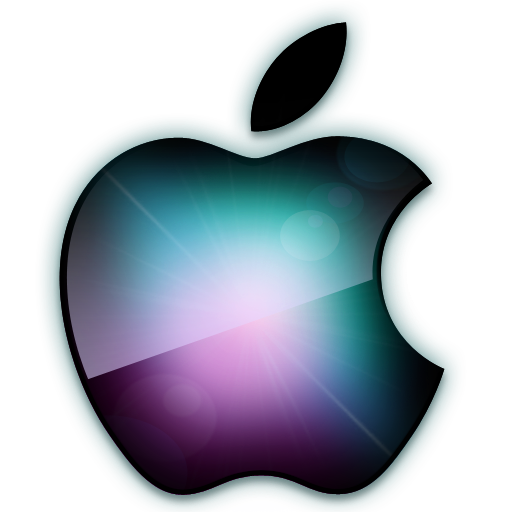This becomes clear very quickly in the varied world of design, where it's far too easy to let enthusiasm for the design overwhelm the subject being presented. Perhaps this is most true in the realm of computers and interface design.
There's a school of thought when dealing with interfaces that says that the more you notice the interface, the worse it is. And this is often true; as Colleen Kirsten points out in this article about photography,
When you go to a play, you should never think “Wow, the lighting is awesome, and I like the props and costumes too.” If the lighting, props and costume directors are successful in their job, the audience should merely accept these elements as fact and they should fade into the overall fabric of the play, an unnoticed stitch in the overall pattern.A design should be distinctive, but it should also get out of the way and illuminate the subject matter - and in the case of the personal computer, get out of the way to let the user access their data.
The desktop, for example. Is there anything less conducive to accessing ones data quickly than a cluttered desktop full of icons? It jumps out, it demands attention, and it makes things hard to locate. Why else would launcher programs like Spotlight and Quicksilver on the Mac, or Launchy and Everything Search enjoy so much popularity? Everything on your system a few keystrokes away - much quicker than hunting through piles of icons or cluttered Start Menus - though the new search bar in the Windows Vista and 7 Start Menu has done much to address this problem.
Now, I admit, I'm as guilty of piling it on as the next guy - perhaps more so. I have two application docks and a taskbar on my desktop. Maybe I need to rethink my paradigm.
 Goethe said that "Feeling is all." A simple, efficient interface can make you feel better. There is a reason why Apple appeals to simplicity in so much of their advertising. Because it feels good. In fact, many advertisers play on this understanding we all have, painting portraits of their product as being simple, easy, and enjoyable. Geico is well known for their ad campaign promising "ease," which borders on self parody.
Goethe said that "Feeling is all." A simple, efficient interface can make you feel better. There is a reason why Apple appeals to simplicity in so much of their advertising. Because it feels good. In fact, many advertisers play on this understanding we all have, painting portraits of their product as being simple, easy, and enjoyable. Geico is well known for their ad campaign promising "ease," which borders on self parody.This applies to other elements of the world of design; Gap has a simple, but effective logo, and while their attempt to change it to find greater relevance was misguided, there are those who think that the mistake was actually a genius business move.
Simplicity matters.
No comments:
Post a Comment